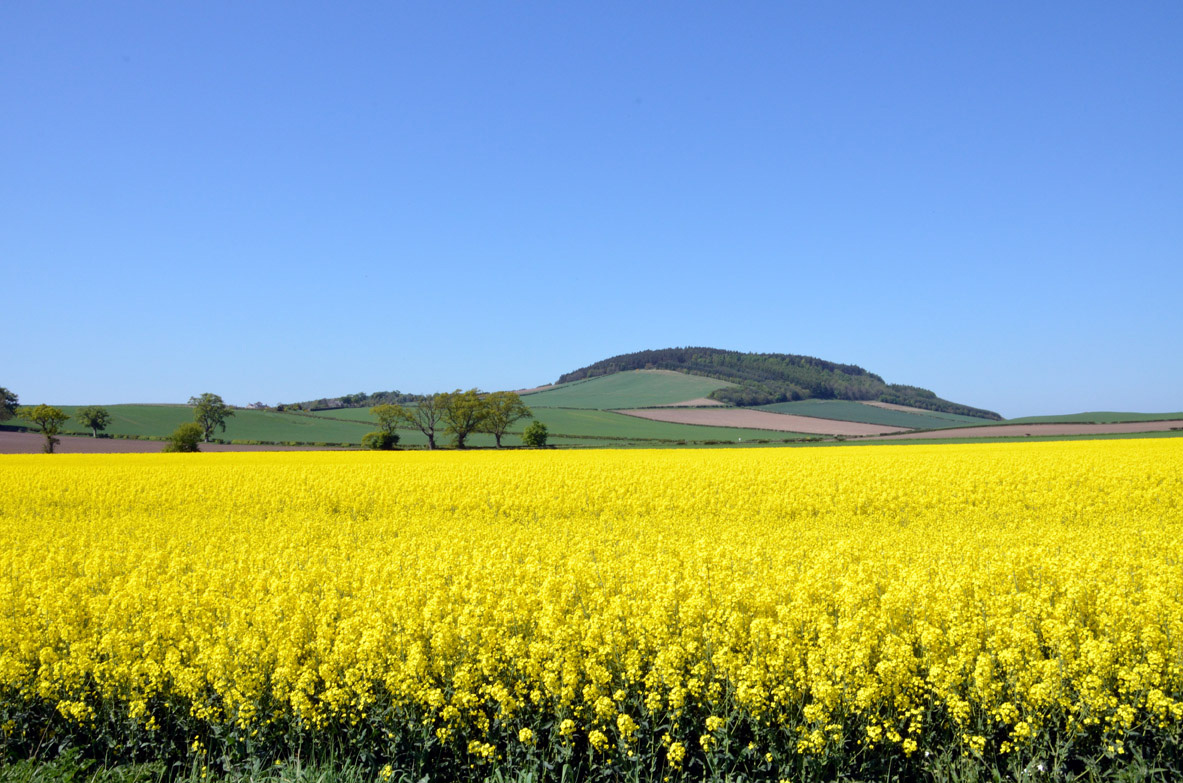
An AHDB survey has revealed that the total amount of oilseed rape (OSR) to harvest in 2017 is likely to be similar to last season, despite some growers in the South East OSR from their rotations.
The English area of oilseed rape, as of 1 December 2016, is estimated at 538Kha. This is 1% lower than the total (winter and spring) harvested area in 2016 (543Kha).
Unless there is an increase in the spring area, or a rise in abandonment levels, an area of similar size to the last harvest is to expected.
Compared with last December’s survey, there is a more pronounced regional split in oilseed rape plantings across the country. Large decreases were estimated in the East and North East, whereas other areas have increased plantings of the oilseed.
AHDB Market Analyst Isobel Robinson said: “This shift away from oilseed rape in the East is likely due to production pressures, including the potential risk from cabbage stem flea beetle (CSFB) damage.”
In other regions, however, oilseed rape still seems to remain the break crop of choice, with higher prices at the time of planting perhaps giving a boost to areas. For example, the South West region saw 11% rise in oilseed rape plantings.
The overall picture
AHDB’s Winter Planting Survey estimates the area of wheat and winter barley plus oilseed rape and oats in England at 2.59Mha as at 1 December 2016, of which:
• Wheat, 1.59Mha
• Oilseed rape, 538Kha
• Winter barley, 369Kha
• Oats, 95Kha
The area of these four crops is estimated to be broadly unchanged from 2016 harvested area.
Isobel added: “In recent years we have seen increased interest in cultural controls for weeds and disease, particularly black-grass, which has contributed to a rise in spring cropping. In addition, market conditions continue to challenge the economics of the whole rotation.”
